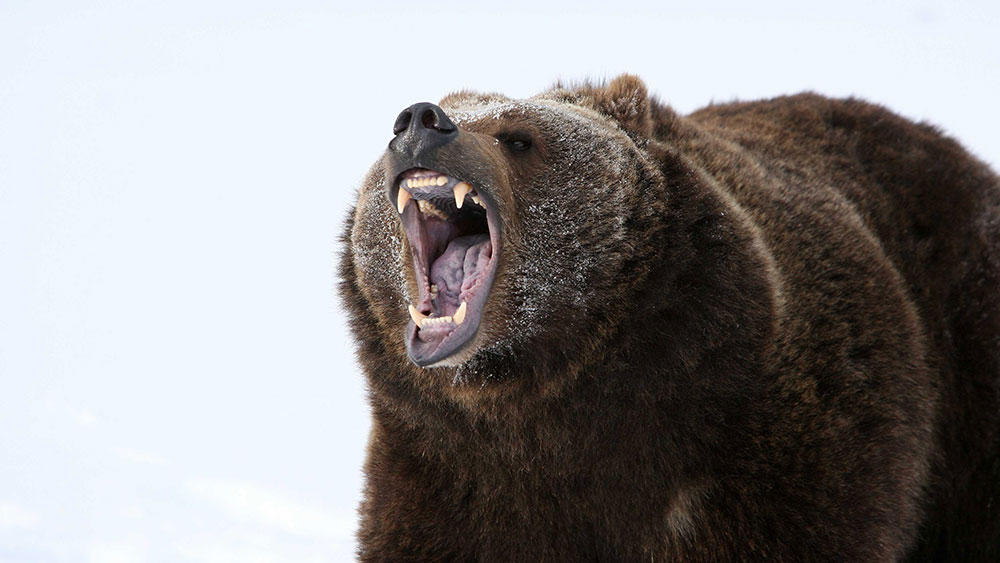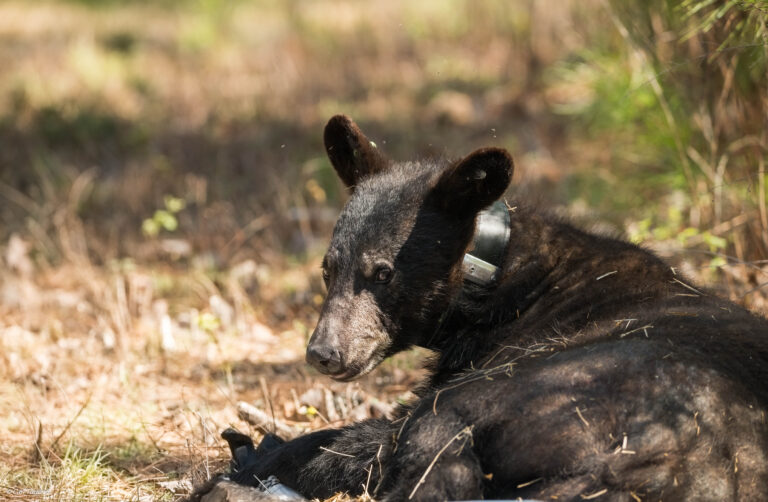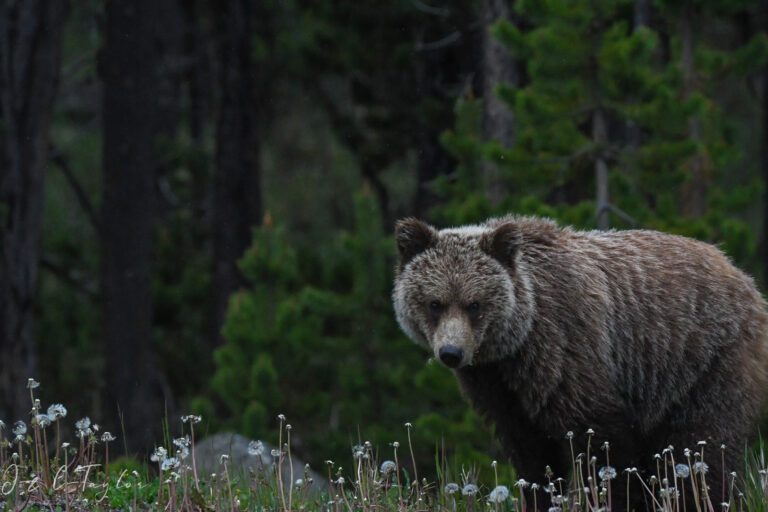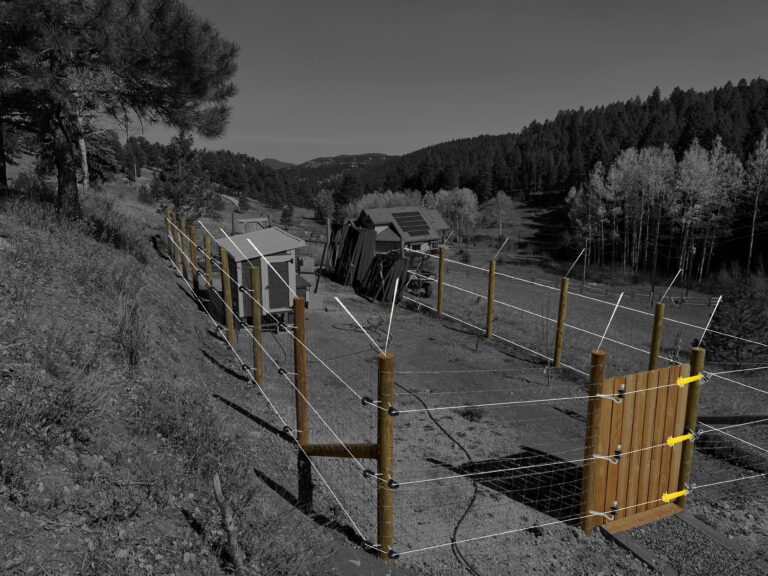Snow is starting to fly in the Rockies and for a growing number of outdoor recreationists, this means strapping on snowshoes, ski boots, or crampons. Amid all the specialized winter gear, you may not have considered bringing Bear Spray.
The popular understanding of bears habits in the winter causes backcountry recreationists to forget to include them in their risk assessments.
Should I pack Bear Spray in Winter?
While rare, potentially dangerous bear encounters can occur in all seasons, including winter. In December 2015, two alpinists triggered a defensive attack from a Grizzly Bear on a high and exposed slope of Mt. Wilson in Banff National Park.
With an increase in winter backcountry recreationists, global and local climate changes, and recovering bear populations in some areas, it’s possible we’ll see more of these encounters. Bear spray is an essential piece of safety gear and could save your life.
Understanding Hibernation
Most bears do sleep away a good portion of the winter, but this varies significantly by area, weather, and food availability. For example, Inland Alaska grizzlies spend up to 6 months in their den while black bears in New Mexico might only spend a few weeks asleep.
Snow on the ground is not a good indicator of hibernation status. Bears may search for food late into the fall and may wake up early, especially if they didn’t get to eat their fill the last fall. Even in the dead of winter, it is not unusual for bears to leave their den periodically during the winter. While the probability of an encounter does decrease in the winter, bear encounters are possible any time of the year.
Dangerous bear encounters are still possible during heavy hibernation. A bear’s metabolic, heart, and breath rates drop significantly during hibernation to conserve energy; however, unlike other hibernating mammals, core body temperature remains quite high. A hibernating grizzly bear’s core temperature drops to about 31 degrees Celsius, within 11 degrees of their normal temperature. This function allows bears to awake quickly and be ready for action. Bears are easily aroused and may exit their dens if disturbed, ready to protect themselves from any perceived threat.
Grizzly Bear den site selection may also increase conflict with the rapidly growing sport of backcountry skiing. Grizzlies often select den sites on steep alpine slopes with high snow accumulation, making it easy for them to build a deep and well-insulated shelter. In Yellowstone Park, Grizzlies prefer to den on the mid to upper third of 30 degree to 60 degree slopes with Northern exposures between altitudes of 6,500 – 10,000 feet – otherwise known as ideal backcountry ski terrain.
Protect yourself with Bear Spray
While encounters do go down during the winter, it is important to show respect for bears by being prepared and following normal precautions in bear country; make noise, travel in groups, and carry bear spray. If you see evidence of a bear den, quickly leave the area. Bear attacks in winter are more likely to be defensive. All backcountry enthusiasts should understand how to read bear behaviour and what to do in the case of a bear charge or attack.
Travelling in cold weather poses challenges; however, bear spray can still be effective. You should never store bear spray below freezing temperatures, but you can still safely carry it when travelling in the cold. We stock a wide variety of bear spray holsters which help ensure bear spray remains secure but easily accessible when you need it; bear spray is only useful if it is within easy reach.
Protect yourself against bear encounters before you head out on your next trip.

Always be prepared with Bear Spray
Bear spray is the last line of defense to stop bears in their tracks, dispersing a pepper cloud up to 35ft, temporarily disabling a charging bear. Bear safety starts with bear spray.
- 2% total capsaicinoids
- 5s of continuous Spray
- Non-Toxic, Non-Lethal
- Glow-in-the-dark safety tab
- Works on Black, Grizzly, and Polar Bears
- Intuitive design is easy to use under pressure
Contents
2% Total Capsaicinoids, 1.1% Concentration of Capsaicin, and 0.9% related capsaicinoids
Technical Specs
230g canister contains 5 seconds of continuous spray
Bear spray stops bears in their tracks by dispersing a pepper cloud up to 35ft





